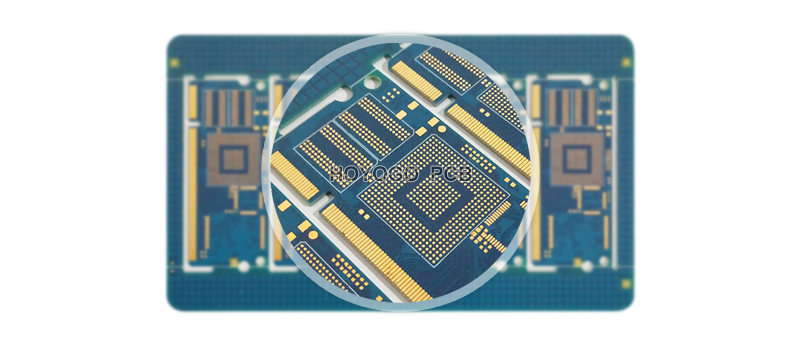2 Methods for Quickly Manufacturing Circuit Boards
The development of electronic products inevitably goes through the trial production process of the circuit board (PCB). The most commonly used method is to put the designed PCB file directly into a professional circuit board factory for direct production. The circuit board factory calls this process "proofing". This process usually takes 3 days to a week. Since time is the life cycle of the product during the product development process, the product development process usually goes through 3 to 5 times, and more than 10 changes make the developer unable to bear too much waiting. So in the laboratory environment, developers use various methods to achieve rapid board production. There are mainly physical methods and chemical methods.

Physical Method:
Through the use of various knives and power tools, etc., manually remove unnecessary copper on the circuit board. This method is laborious and has low accuracy. Only relatively simple circuits can be used.
The main disadvantages:
It is labor-intensive and time-consuming, the accuracy is not easy to control and cannot be recovered, the operation requirements are very high, and few people have adopted it.
Chemical Method:
By covering the blank copper-clad plate with a protective layer, the previous copper is etched away in a corrosive solution, which is the method currently used by most developers.
This process is relatively complex, but the precision is controllable. It is currently the most widely used rapid board manufacturing method, but there are still many problems.
The main disadvantages:
1. The printing accuracy depends on the accuracy of the printer cartridge used. Because the lines printed by poor performance printers are not uniform, it is easy to cause wire breakage and adhesion during the corrosion process.
2. The exposure and development time of the photosensitive board is not easy to control, and the optimal exposure time of each sub-oard will be different, and it needs to be mastered after repeated experiments.
3. It is difficult to control the corrosion process: Monolithic corrosion boards can not be equipped with professional control equipment used by mass production of circuit board manufacturers. The temperature, concentration and acidity of the corrosion solution will have a greater impact on the corrosion quality. If you want to make a high-quality circuit board, you must accumulate a lot of experience. Otherwise, material scrapping is very serious.
4. Sensitive boards have high requirements on the environment and must be stored under low temperature conditions. The exposure process must also be performed in darkroom conditions.
5. Silver salts (photosensitive materials) and copper salts (corrosion products) are both toxic. If it gets on people or clothes, it is difficult to clean. Moreover, due to environmental protection, the treatment of waste liquid after corrosion is more troublesome.
6. The finished board etched must be punched by hand, but it is difficult to control the precision of manual punching.
At present, the production of electronic digital products, automobiles, medical products and other circuit boards have strict requirements on technology and speed. Therefore, as a circuit design engineer, you must have a solid circuit manufacturing foundation and skilled operation skills, and gradually accumulate and summarize.
SHENZHEN HOYOGO ELECTRONIC TECHNOLOGY CO., LTD. is a manufacturer specializing in the production of high-precision double-sided, multilayer and impedance, blind buried vias, thick copper circuit boards. The products cover various circuit boards such as HDI, thick copper, backboard, rigid-flex combination, embedded capacitors, gold fingers, etc., which can meet the needs of customers for various products.
评论
发表评论